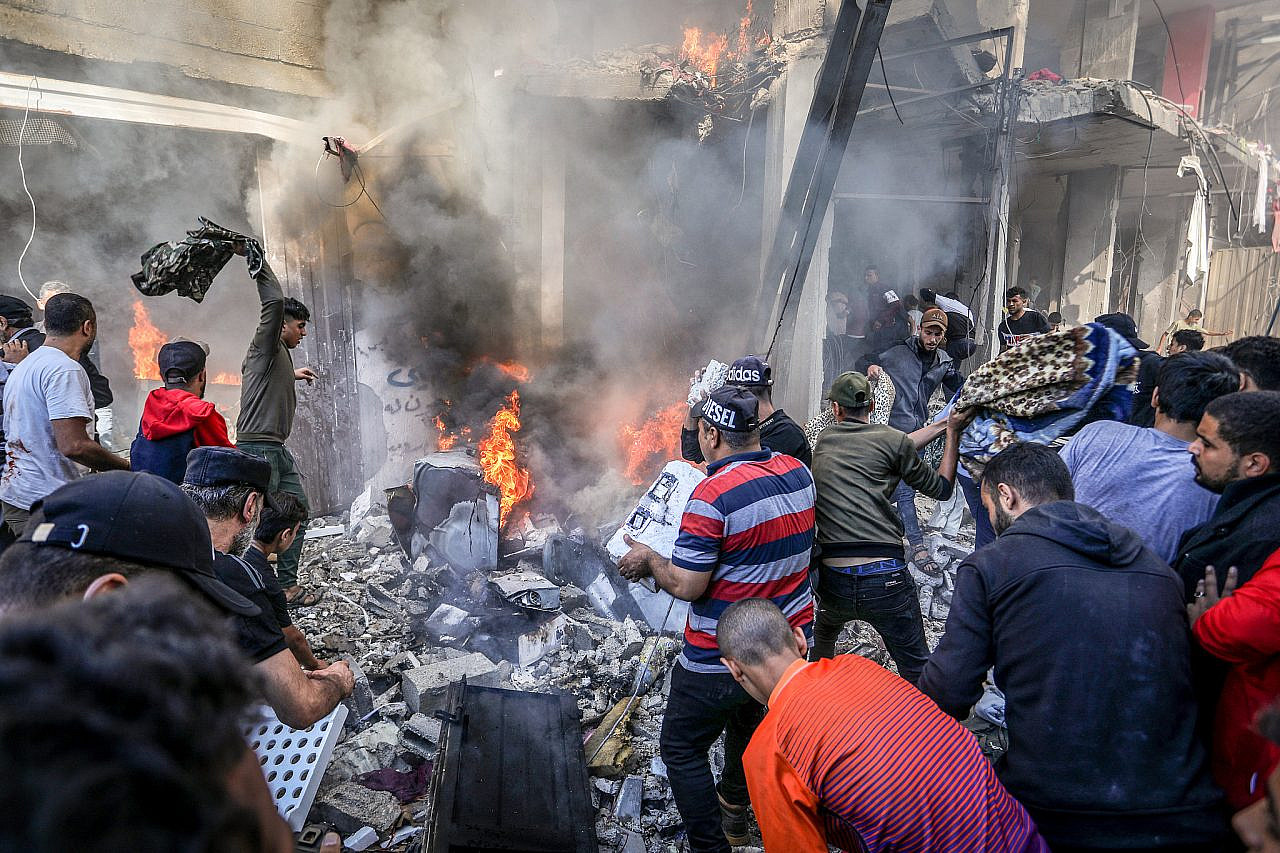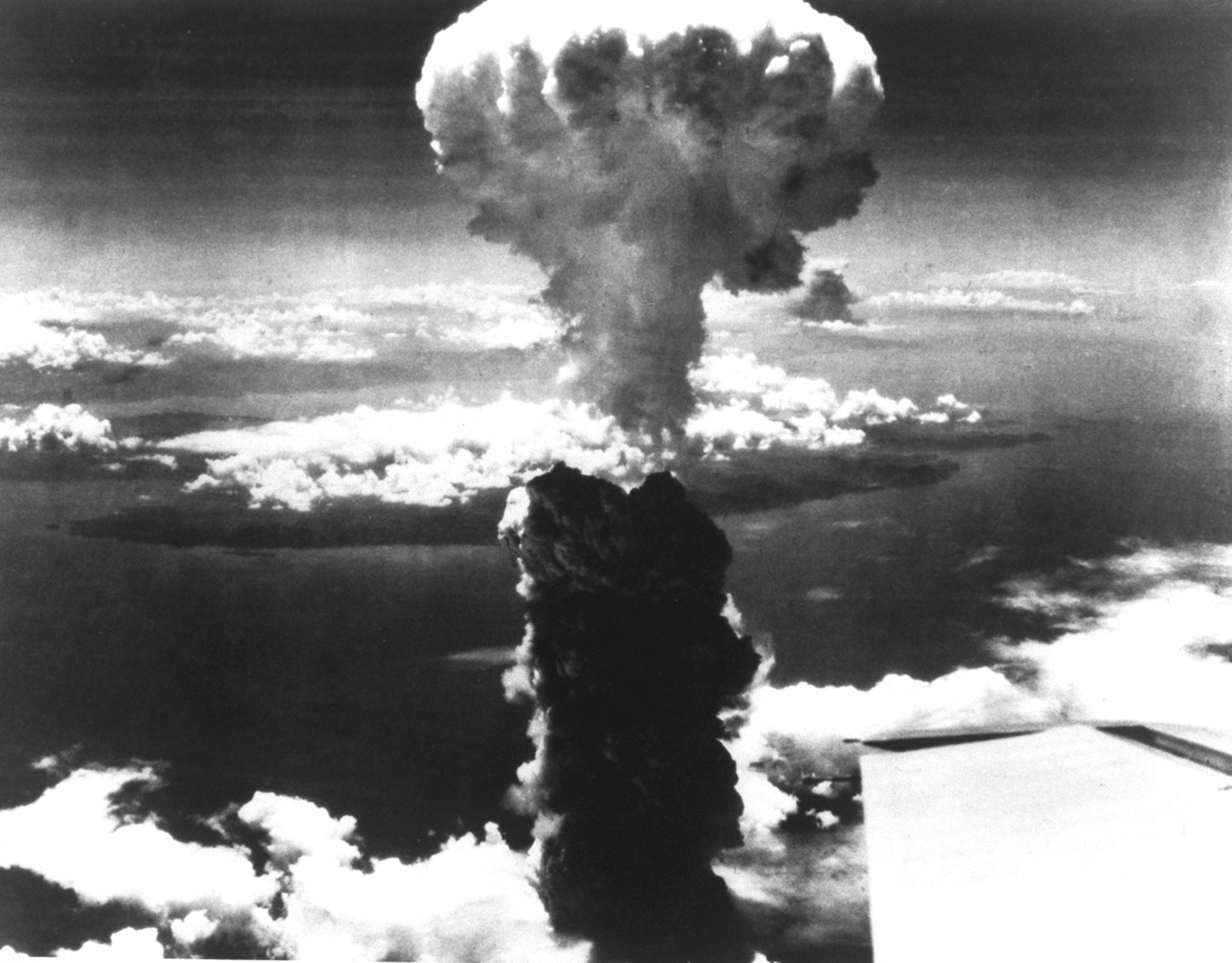 After the marines arrived, a small group of Iraqis gathered around a statue of Saddam Hussein in the middle of the square and tried to bring it down with a sledgehammer and rope. More photographers and TV crews appeared. An American flag was draped over the statue’s head. Eventually, a Marine vehicle equipped with a crane toppled the statue. The spectacle was broadcast live around the world.
After the marines arrived, a small group of Iraqis gathered around a statue of Saddam Hussein in the middle of the square and tried to bring it down with a sledgehammer and rope. More photographers and TV crews appeared. An American flag was draped over the statue’s head. Eventually, a Marine vehicle equipped with a crane toppled the statue. The spectacle was broadcast live around the world.
Some have argued that the events at Firdos were staged, to demonstrate that America had triumphed, the war was over, and the Iraqis were happy. After all, the marines had seized the only place in Baghdad where a large number of foreign reporters could be found—at least two hundred were at the Palestine.
And U.S. officials were suspiciously quick to appropriate the imagery from Firdos. A few minutes after the toppling, Secretary of Defense Donald Rumsfeld told reporters, “The scenes of free Iraqis celebrating in the streets, riding American tanks, tearing down the statues of Saddam Hussein in the center of Baghdad are breathtaking. Watching them, one cannot help but think of the fall of the Berlin Wall and the collapse of the Iron Curtain.”
Propaganda has been a staple of warfare for ages, but the notion of creating events on the battlefield, as opposed to repackaging real ones after the fact, is a modern development. It expresses a media theory developed by, among others, Walter Lippmann, who after the First World War identified the components of wartime mythmaking as “the casual fact, the creative imagination, the will to believe, and out of these three elements, a counterfeit of reality.”
As he put it, “Men respond as powerfully to fictions as they do to realities [and] in many cases they help to create the very fictions to which they respond.” In the nineteen-sixties, Daniel J. Boorstin identified a new category of media spectacle that he called “pseudo-events,” which were created to be reported on. But Boorstin was theorizing primarily about political conventions and press conferences, not about events on a battlefield.





:focal(1285x1016:1286x1017)/https://tf-cmsv2-smithsonianmag-media.s3.amazonaws.com/filer_public/d1/4e/d14ed238-3b62-4506-9f53-fc2178dade60/nov2025_d17_prologue.jpg) In the fall of 1945, a bit more than six years after Nazi Germany invaded Poland...
In the fall of 1945, a bit more than six years after Nazi Germany invaded Poland... In 2021, a book titled “The Human-Machine Team: How to Create Synergy Between Human and Artificial...
In 2021, a book titled “The Human-Machine Team: How to Create Synergy Between Human and Artificial... On Monday, August 6, 1945, after six months of intense firebombing of 67 other Japanese cities,...
On Monday, August 6, 1945, after six months of intense firebombing of 67 other Japanese cities,... The last plane carrying U.S. forces left Afghanistan on Monday, meeting an Aug. 31 deadline to withdraw...
The last plane carrying U.S. forces left Afghanistan on Monday, meeting an Aug. 31 deadline to withdraw...






























